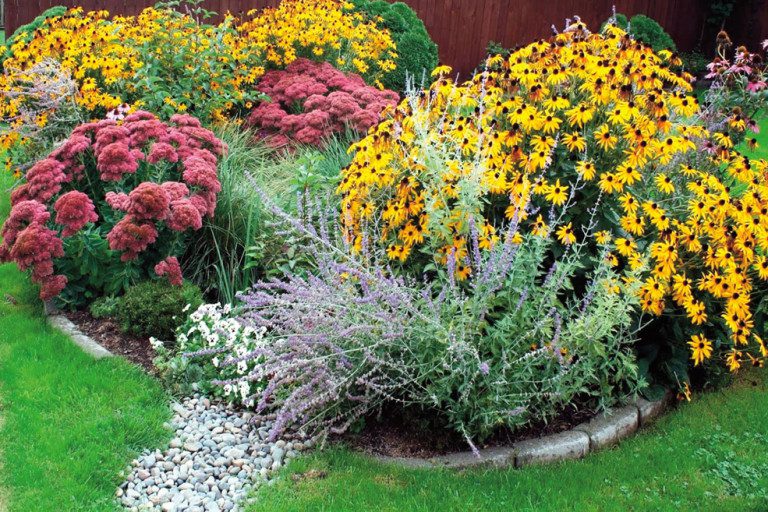There are many reasons Why to Plant a Mini Prairie ranging from reducing water runoff to restoring lost habitat for pollinators. Planting a prairie — even a little one — may seem daunting, but with a little planning the effort needed to create the space is tiny compared to the positive impact it can have on your household and local wildlife year after year after year.
Planning Your Prairie
Pick Your Space
The first step is to decide what space you want to commit to your mini prairie. This could be an unused garden bed, old landscaping, an entire yard, or a few large plant pots on your deck. Knowing the size of the area will help you when it comes time to secure the right amount of seed or starter plants.
Being mindful of where you place your prairie can benefit the health of your property as well as pollinators. Planting in a part of your yard that often puddles after a hard rain can allow the deep roots of the mini prairie to reduce runoff and soil erosion.
Pick Your Plants
There are many plant characteristics to consider when planting your mini prairie, but the first consideration should always be – is it native? Native plants are adapted to Iowa’s climate, meaning they will require less maintenance and they’ll naturally support the native wildlife in the area.
The amount of sunshine the plants need to thrive is also important, as most native prairie plants do best with lots of sun. Will the area you planned for your mini prairie be shaded by your house or trees most of the day, or will it get full sun (at least 12 hours of sunshine)? When choosing plants, try to find a balance between taller and shorter ones, which you can then plant in a way to ensure they get more or less shade, to help all the plants grow strong.
Also, consider the wildlife you want (and don’t want) visiting your yard. Milkweed is the main food source for monarch caterpillars, so they won’t survive in your yard unless you include it in your prairie. Also, deer enjoy some native plants and if you’ve had deer visiting your yard before and don’t want them eating your plants, be sure to seek out deer resistant plants like Foxglove Beardtongue.
Lastly, don’t forget to select plants for yourself. This is your space, and while the pollinators and other animals will use it for food and shelter, you should enjoy it, too. Pick plants that bloom with colors that you love or plants that attract the wildlife you hope to encounter. After all, this is YOUR mini prairie.
A great resource for selecting plants is Indian Creek Nature Center’s Pollinator Plant Care page, which has the characteristics and care instructions for the nearly 60 plant species native to this area.
Planting Your Prairie
Gathering Seeds
Now that you have selected your space and your plant varieties, you need seeds to plant. Seeds can be harvested from restored prairies, such as the ones at Indian Creek Nature Center. Seeds or starter plants can also be purchased from trusted, local nonprofit organizations and plant nurseries.
Planting the Prairie
Before planting you will need to remove any grass from the area where your mini prairie will grow. Try to minimize damage done to the soil by only digging deep enough to remove the grass plants’ roots. The less the soil is disturbed, the harder it will be for weeds to creep in and outcompete your desired prairie plants.
Try to learn about what’s under your grass and topsoil before you start digging. Knowing the location of pipes, wires and other potential hazards is always important when you’re digging up a new area of your yard.
An alternative option to digging out the grass is killing it with a chemical-free method called solarization. This is simply covering the grass with a plastic sheet and placing a few heavy objects (such as bricks) to hold it down. After six to eight weeks, the grass and weeds will die and turn brown.
When is the right time to plant? If you have starter plants, really anytime during the growing season will suffice — although if you plant in the middle of the summer, the plants may require watering while they get established.
The best time to plant from seed is in the fall. Many prairie seeds do best with a cooling period over the winter – stratification – that helps them germinate in the spring. Before planting seeds, pay close attention to the expected height for each plant. Plant taller flowers and grasses behind shorter plants so the shorter ones are not shaded out. This also adds a layered look to the mini prairie, which many find pleasing to the eye.
A Mature Prairie
After planting, the mini prairie may take up to two years to mature. While the plants are getting established, some weeding may be necessary. (One way to reduce space for weeds to sneak in is to plant your seeds/plants closer together.)
Once the prairie is established there’s very little, if any, maintenance. The prairie will be drought resistant, meaning it will do well without being watered regularly. Weeding should not be an issue as the native plants thrive and fill the space.
In the end, your mini prairie will spend years …
- Providing food and shelter for pollinators and other wildlife suffering from habitat loss
- Reducing runoff, soil erosion and yard maintenance
- Creating a safe haven for the wildlife visitors you want in your space
- Bringing the beauty of nature to your home
- Being an avenue to discuss the importance of pollinators with your neighbors
You can start planning today and enjoy the benefits of your mini prairie for years to come!
Title image courtesy of Rain Dog Designs, Gig Harbor, WA

A mini prairie can beautify your space while providing a safe haven for pollinators.
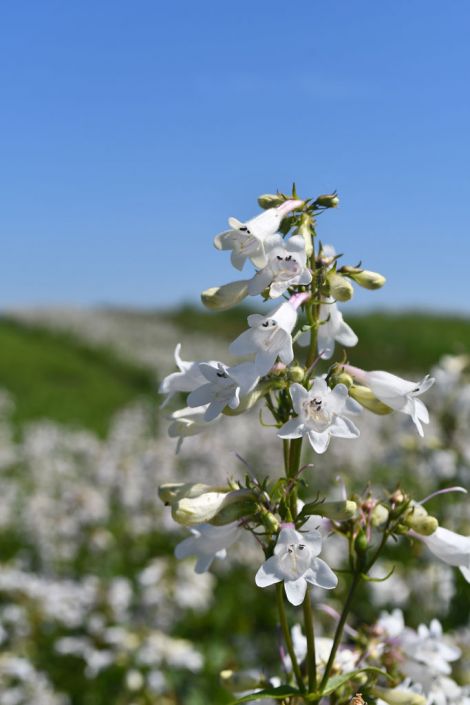
Selecting your plants with care can make your mini prairie beautiful and functional.
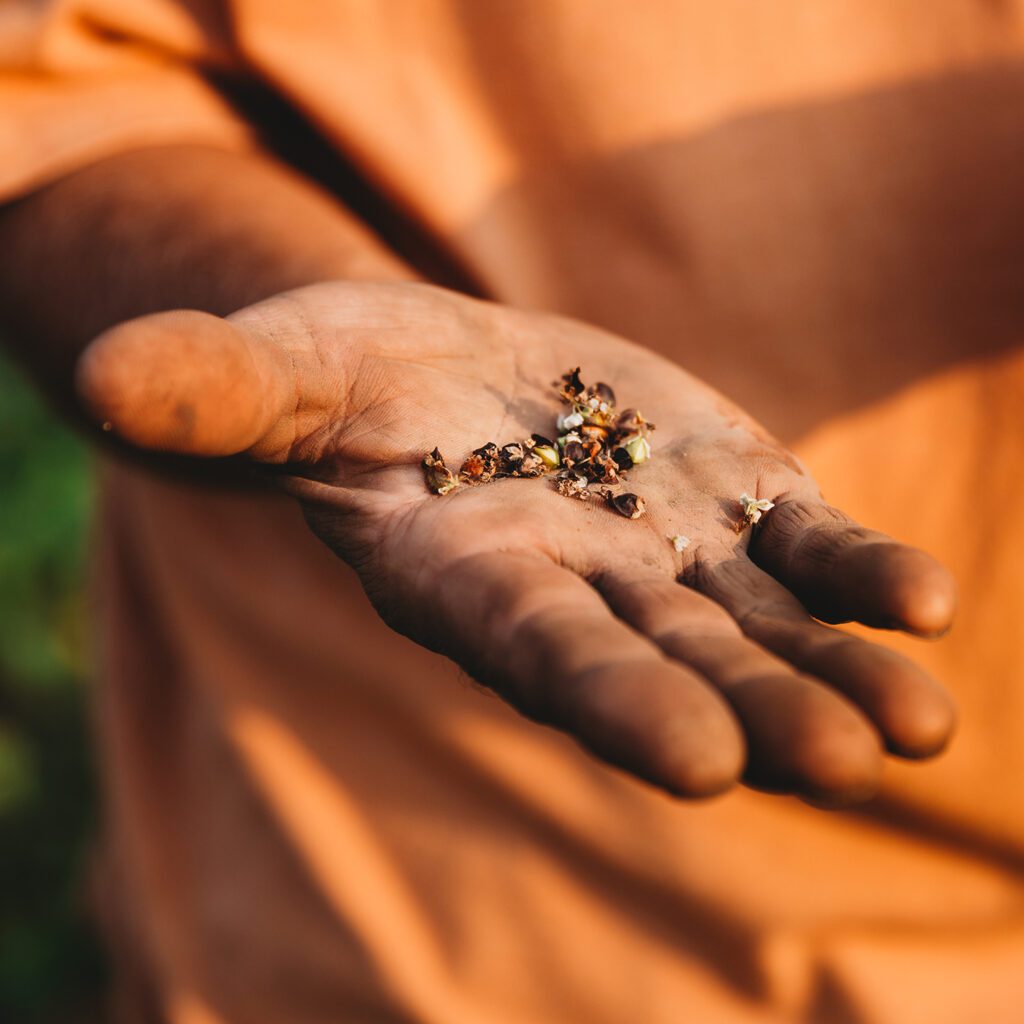
Make sure to acquire your seeds from a reputable, local source or harvest them yourself.
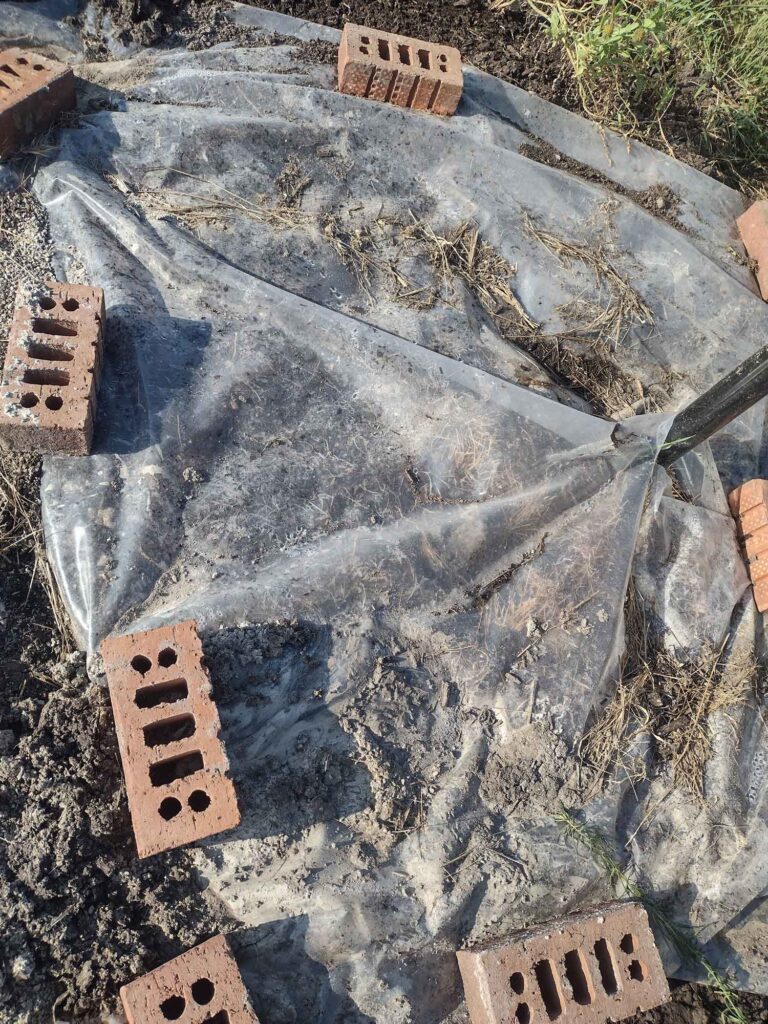
Solarization kills unwanted grass and weeds without chemicals or digging.
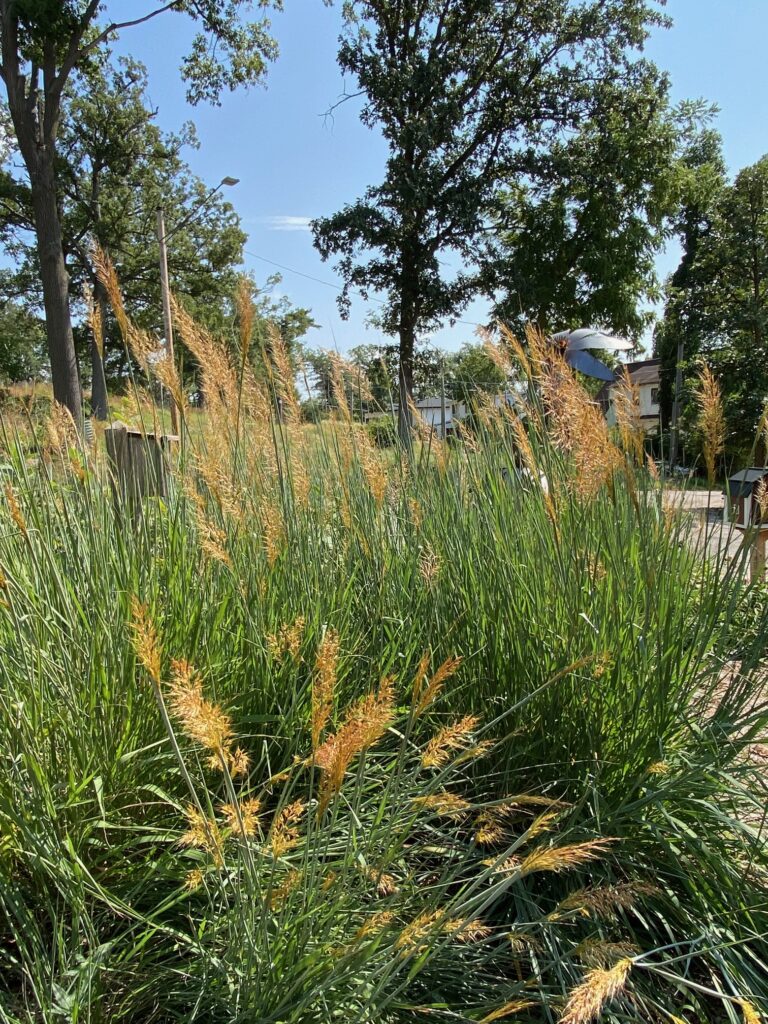
A mature mini prairie requires little maintenance while bringing cherished visitors to your space.

